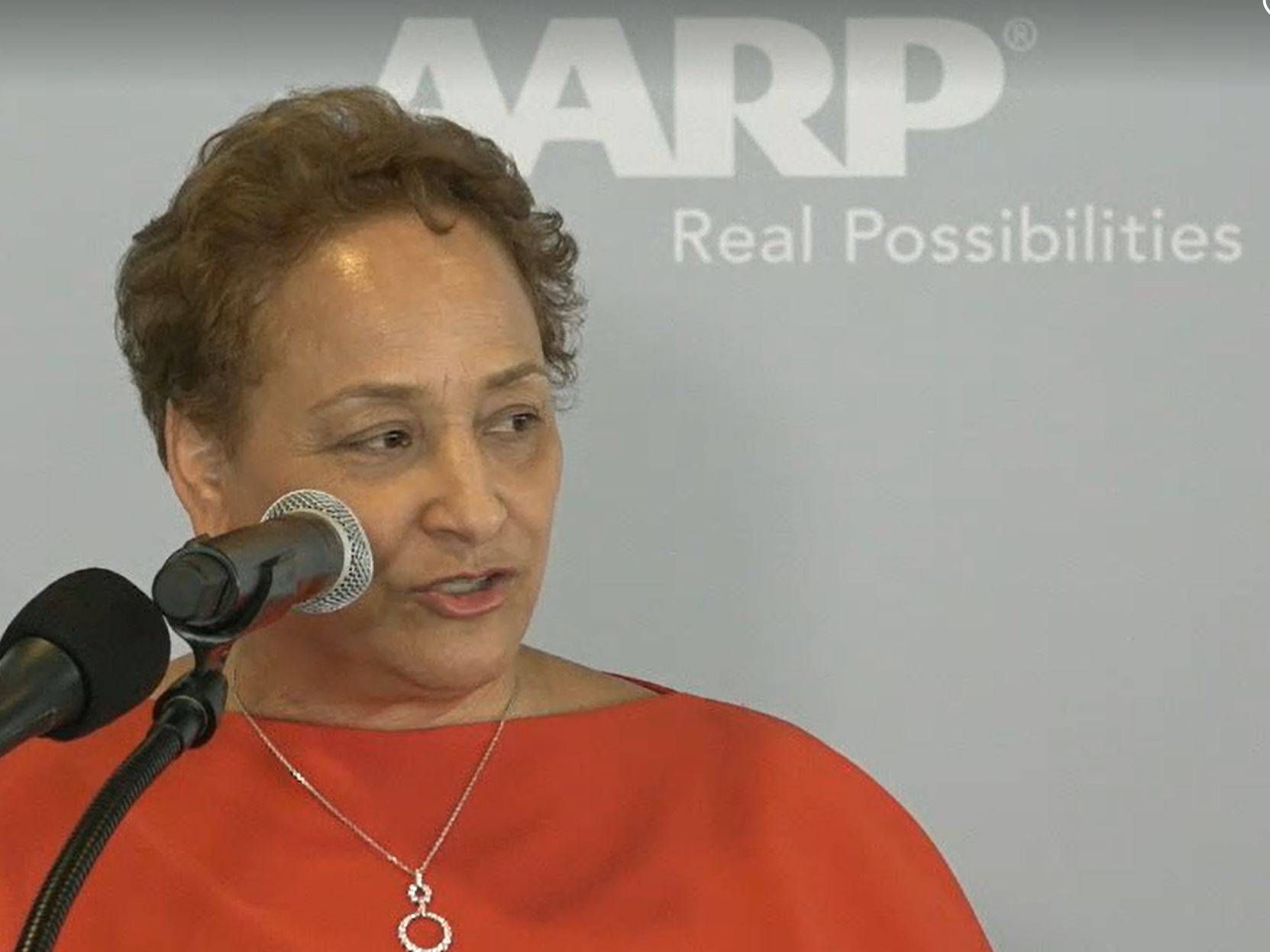The UN and AARP Team Up for Age-Diverse Workforces
How experts made the case at a global aging briefing
When I saw the invitation from the United Nations and AARP to attend their age-diverse workforce briefing, that got my attention. But when I heard their speakers at the UN make the business case for “earning longer,” that got me energized.

“Keeping older people in the workforce has immense economic advantages,” said Hon. Tijjani Muhammad-Bande, the Nigerian President of the 74 session of the United Nations General Assembly at the AARP/UN briefing. “When they are discarded and left unemployed, society loses the experience and wisdom which they have accumulated over many years.”
And, Bande added, a recent report estimates that $3.5 trillion could be added to the OECD economies — 36 countries representing most of the world’s trade and investment — by encouraging people nearing retirement age to remain in the workforce.
"Research shows that age diversity consistently leads to better outcomes for solving complex problems.”
Yet AARP’s research found that 41% of global companies have mandatory retirement age policies preventing employees who want and need to work longer from doing so.
Not Just Older Workers, Multigenerational Workers

Jo Ann Jenkins, AARP’s CEO whose group has nearly 38 million Americans 50 and older, explained that it’s not just hiring and employing older workers that matters. It’s including them in an employer’s multigenerational workforce. “When you have multigenerational teams working on projects, you get better products and better outcomes,” she said.
And the three expert panelists interviewed by Reuters Special Projects Editor Lauren Young backed her up with the data.
“At our own company, teams that combined seasoned people with rookies way outperformed those with just a bunch of white hairs or no hairs,” said Haig Nalbantian, an economist and senior partner at the Mercer Workforce Sciences Institute. “There was a very tangible indication that the cross-fertilization and energy from working together had a spillover effect driving the performance of the teams.”
Frank Cooper III, global chief marketing officer at BlackRock (the world’s largest asset manager), agreed. “Research shows that age diversity consistently leads to better outcomes for solving complex problems,” he said.
Policies and Programs That Help
Young asked: “Which types of policies and programs make this work?”
Halting age discrimination by employers is key, Jenkins noted. “We need to tackle workplace policies and practices forcing older workers to retire before they’re ready,” she said. “And get rid of outdated stereotypes that keep them from getting promoted or getting hired or re-entering the workforce.”
One gender stereotype that Cooper called out: assuming that only millennial workers want purpose in their jobs. Many boomers and Gen Xers do, too, he said.
“We find that talent across the board says, ‘I do want money and status. But I also want a sense that I’m contributing to something bigger” than myself, Cooper told the audience. “That’s across every region in the world, every job function, every age group.”
Dimitra Manis, executive vice president and chief people officer at the information and analytics company S&P Global, said: “You need to think about performance management bias and turn it upside down, abolish it or reimagine it in your organization.”
That means: not assuming that older workers are less engaged than younger ones or don’t want new challenges at work or are afraid to learn new technologies.
The Need for Upskilling Workers of All Ages
Training employees of all ages — what HR folks sometimes call “upskilling” — is key, the panelists said.
A few countries have adopted programs to train their older workforces, according to AARP’s “The Future of Work for All Generations” book.
For instance, AARP notes, the Chilean government’s National Service of Training and Employment has partnered with the Chilean National Service for Older Persons. They’ve created programs enhancing the skills and employability of experienced adults, reaching nearly 44,000 of them.
And the Singaporean government runs SkillsFuture, a national lifelong learning initiative. Roughly 15,000 older adults in Singapore have taken classes from the subsidized learning programs since 2015, according to AARP.
At S&P Global, “we have upskilled ninety percent of our employees,” Manis said. “Some have done multiple programs, through AI [artificial intelligence] training and machine learning training.”
Added Cooper: “Continuous learning is just a reality and employers have to give opportunities for that.”
What 50+ Workers Need to Do
And what, Young asked, should workers who are 50+ do to build age-resistant and resilient careers?
“Bring energy,” said Manis.
“Curiosity,” said Cooper.
“Outreach,” said Nalbantian. “Go beyond your silo” at work.
Jenkins told the audience that AARP is now working with the World Economic Forum and the OECD on a “Living, Learning and Earning Longer” program. Its goal, she said, is by 2021, to “entice and bring into the partnership as many as fifty companies to benchmark best practices around the world about what does it mean to have a multigenerational workforce.”
The collaboration, Jenkins said, aims to find “things that work, but also highlight things that don’t work” and then share the findings as a digital learning program around the world.
The new data on multigenerational workforces and older workers will be eagerly awaited.
For one thing, older Americans are expected to be the fastest-growing part of the workforce over the next five years, according to the U.S. Bureau of Labor Statistics.
But a new Hearts&Wallets survey found that one in four pre-retirees is very concerned about "not being able to work as long or as much as I want." And another new survey, the Evolving Retirement Model Study from MetLife, noted that 74% of workers polled want their employers to let them transition gradually into retirement, rather than come to a full stop, yet just 7% of workers and retirees surveyed said their employer or former employer offers or offered phased retirement.
Many older Americans want to keep working and many need to keep working. Will America's employers let them?


